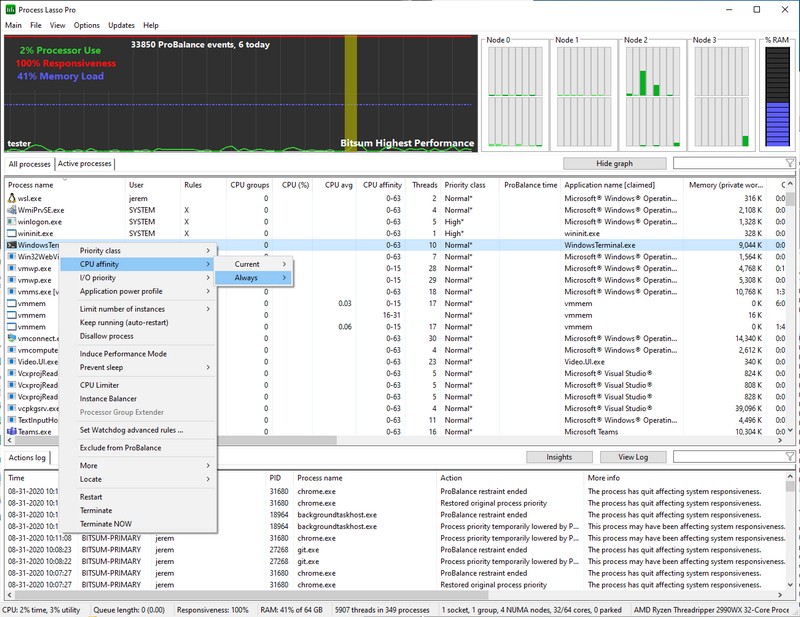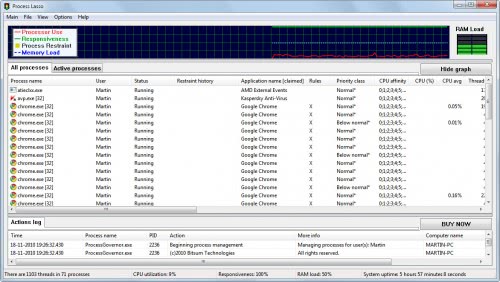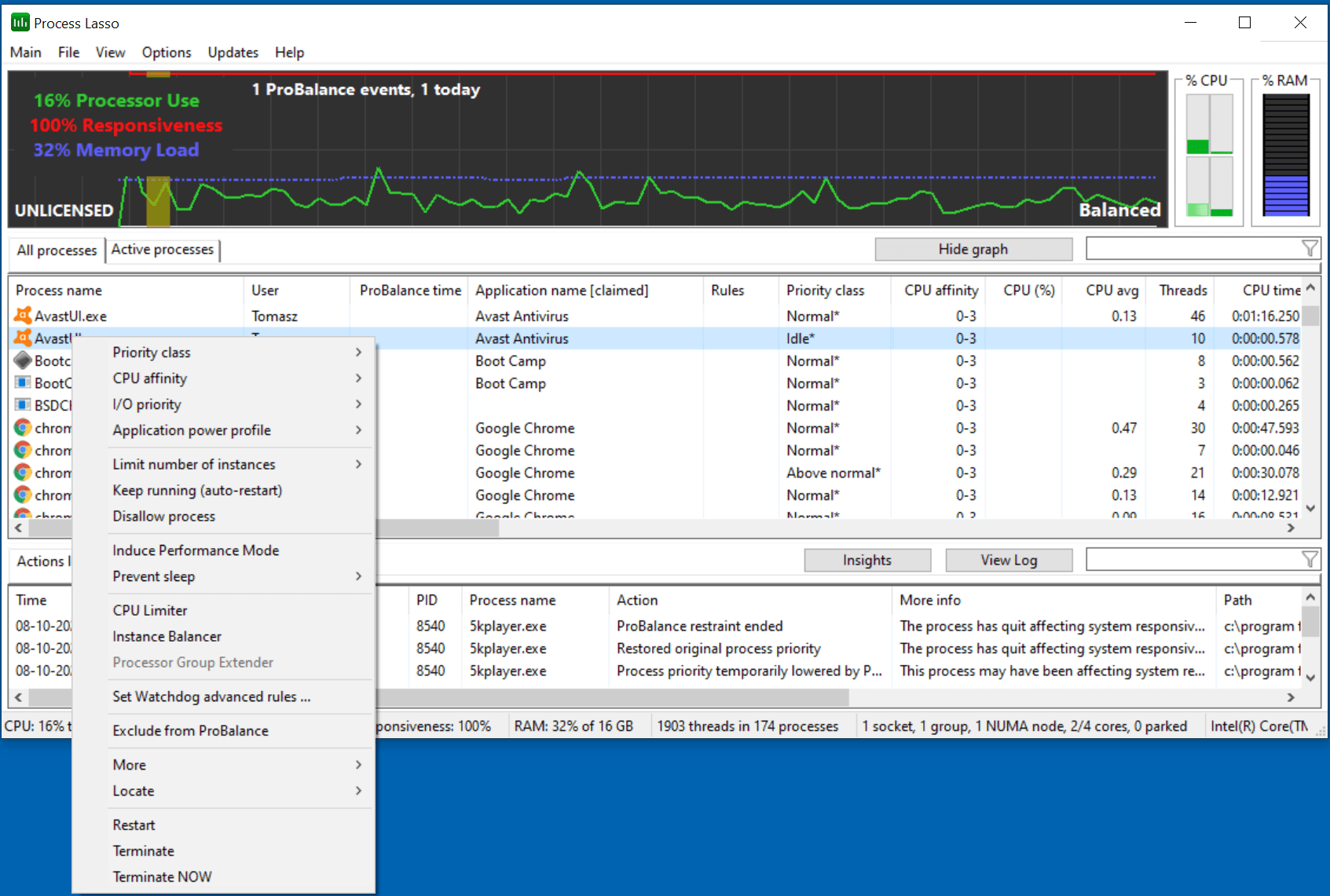

transformer = transformer ) > X_train, X_test, y_train, y_test = train_test_split ( X, y, random_state = 0 ) > regr. > import numpy as np > from sklearn.datasets import fetch_california_housing > from pose import TransformedTargetRegressor > from sklearn.preprocessing import QuantileTransformer > from sklearn.linear_model import LinearRegression > from sklearn.model_selection import train_test_split > X, y = fetch_california_housing ( return_X_y = True ) > X, y = X, y # select a subset of data > transformer = QuantileTransformer ( output_distribution = 'normal' ) > regressor = LinearRegression () > regr = TransformedTargetRegressor ( regressor = regressor. Memory can be either a string containing the directory where to cache the

The parameter memory is needed in order to cache the transformers. The last step will never be cached, even if it is a transformer. A typical example is the case ofĪ grid search in which the transformers can be fitted only once and reused forĮach configuration.

If the parameters and input data are identical. This feature is used to avoid computing the fit transformers within a pipeline Memory parameter set, Pipeline will cache each transformer Caching transformers: avoid repeated computation ¶įitting transformers may be computationally expensive. If the last estimator is a transformer, again, so is the if the last estimator is a classifier, the Pipeline can be usedĪs a classifier. The pipeline has all the methods that the last estimator in the pipeline has, Selecting dimensionality reduction with Pipeline and GridSearchCVĬomposite estimators and parameter spacesĬalling fit on the pipeline is the same as calling fit onĮach estimator in turn, transform the input and pass it on to the next step. SVM-Anova: SVM with univariate feature selection Pipelining: chaining a PCA and a logistic regressionĮxplicit feature map approximation for RBF kernels Sample pipeline for text feature extraction and evaluation The key is a string containing the name you want to give this step and value The Pipeline is built using a list of (key, value) pairs, where The last estimator may be any type (transformer, classifier, etc.).

Used to train the transformers and predictors.Īll estimators in a pipeline, except the last one, must be transformers Trained model in cross-validation, by ensuring that the same samples are Pipelines help avoid leaking statistics from your test data into the Over parameters of all estimators in the pipeline at once. You only have to call fit and predict once on yourĭata to fit a whole sequence of estimators. Pipeline serves multiple purposes here: Convenience and encapsulation Of steps in processing the data, for example feature selection, normalizationĪnd classification. This is useful as there is often a fixed sequence Pipeline can be used to chain multiple estimators In contrast, Pipelines only transform the TransformedTargetRegressor deals with transforming the target Transformers into a composite feature space. Pipeline is often used in combination withįeatureUnion which concatenates the output of Transformers are usually combined with classifiers, regressors or otherĮstimators to build a composite estimator.


 0 kommentar(er)
0 kommentar(er)
